

Chrysanthemum Stone from China (101.9 grams)
This self-standing Chrysanthemum Stone specimen is a unique and valuable find from China. Its formation, which occurred millions of years ago due t...
View full details
 Save Liquid error (snippets/product-badge line 34): Computation results in '-Infinity'%
Save Liquid error (snippets/product-badge line 34): Computation results in '-Infinity'%
This self-standing Chrysanthemum Stone specimen is a unique and valuable find from China. Its formation, which occurred millions of years ago due t...
View full details
 Save Liquid error (snippets/product-badge line 34): Computation results in '-Infinity'%
Save Liquid error (snippets/product-badge line 34): Computation results in '-Infinity'%
This self-standing Chrysanthemum Stone specimen is a unique and valuable find from China. Its formation, which occurred millions of years ago due t...
View full details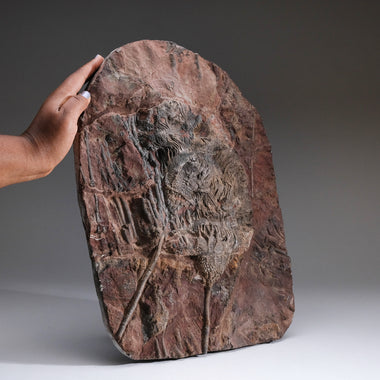
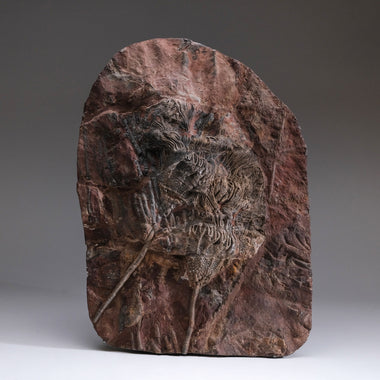 Save Liquid error (snippets/product-badge line 34): Computation results in '-Infinity'%
Save Liquid error (snippets/product-badge line 34): Computation results in '-Infinity'%
Crinoids, also known as sea lilies, are members of the Echinodermata phylum along with starfish and sea urchins. This well preserved sea fossil is ...
View full details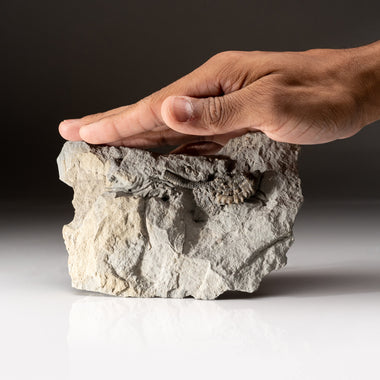
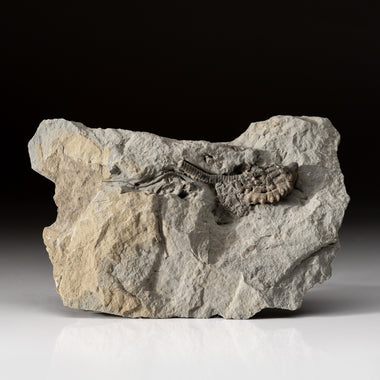 Save Liquid error (snippets/product-badge line 34): Computation results in '-Infinity'%
Save Liquid error (snippets/product-badge line 34): Computation results in '-Infinity'%
Crinoids are found in almost every bedrock unit in Indiana, including the famous Indiana Limestone. "Sea Lily" is the common name for crinoids, whi...
View full details
 Save Liquid error (snippets/product-badge line 34): Computation results in '-Infinity'%
Save Liquid error (snippets/product-badge line 34): Computation results in '-Infinity'%
Trilobites, an early arthropod relative of spiders, horseshoe crabs, and scorpions, preserved in this level of detail only occurred as a result of ...
View full details
 Save Liquid error (snippets/product-badge line 34): Computation results in '-Infinity'%
Save Liquid error (snippets/product-badge line 34): Computation results in '-Infinity'%
Trilobites, an early arthropod relative of spiders, horseshoe crabs, and scorpions, preserved in this level of detail only occurred as a result of ...
View full details
 Save Liquid error (snippets/product-badge line 34): Computation results in '-Infinity'%
Save Liquid error (snippets/product-badge line 34): Computation results in '-Infinity'%
Mosasaurs are an extinct group of large marine reptiles. Their first fossil remains were discovered in a limestone quarry at Maastricht on the Meus...
View full details
 Save Liquid error (snippets/product-badge line 34): Computation results in '-Infinity'%
Save Liquid error (snippets/product-badge line 34): Computation results in '-Infinity'%
Mosasaurs are an extinct group of large marine reptiles. Their first fossil remains were discovered in a limestone quarry at Maastricht on the Meus...
View full details
 Save Liquid error (snippets/product-badge line 34): Computation results in '-Infinity'%
Save Liquid error (snippets/product-badge line 34): Computation results in '-Infinity'%
Mosasaurs are an extinct group of large marine reptiles. Their first fossil remains were discovered in a limestone quarry at Maastricht on the Meus...
View full details
 Save Liquid error (snippets/product-badge line 34): Computation results in '-Infinity'%
Save Liquid error (snippets/product-badge line 34): Computation results in '-Infinity'%
Mosasaurs are an extinct group of large marine reptiles. Their first fossil remains were discovered in a limestone quarry at Maastricht on the Meus...
View full details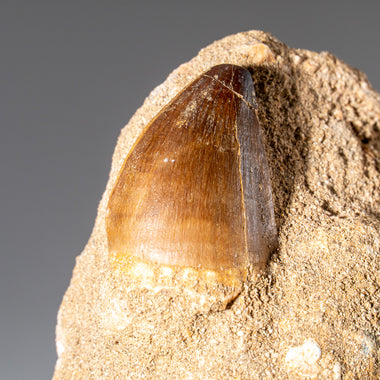
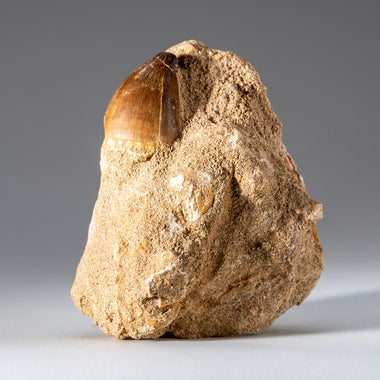 Save Liquid error (snippets/product-badge line 34): Computation results in '-Infinity'%
Save Liquid error (snippets/product-badge line 34): Computation results in '-Infinity'%
Mosasaurs are an extinct group of large marine reptiles. Mosasaur teeth come in various sizes and from various species. This specimen is a large, ...
View full details
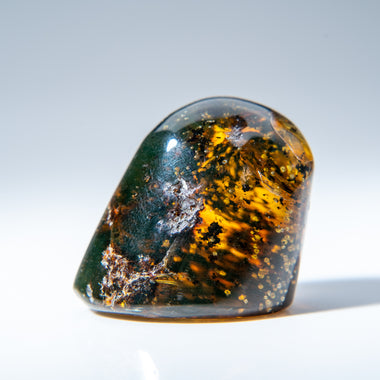 Save Liquid error (snippets/product-badge line 34): Computation results in '-Infinity'%
Save Liquid error (snippets/product-badge line 34): Computation results in '-Infinity'%
This specimen is a piece of Mexican Amber, also know as Mexican Mayan Amber. It is harder than most other ambers, which makes it less fragile and i...
View full details
 Save Liquid error (snippets/product-badge line 34): Computation results in '-Infinity'%
Save Liquid error (snippets/product-badge line 34): Computation results in '-Infinity'%
Brittle stars, or ophiuroids, are echinoderms in the class Ophiuroidea, closely related to starfish. They crawl across the sea floor using their fl...
View full details
 Save Liquid error (snippets/product-badge line 34): Computation results in '-Infinity'%
Save Liquid error (snippets/product-badge line 34): Computation results in '-Infinity'%
Brittle stars, or ophiuroids, are echinoderms in the class Ophiuroidea, closely related to starfish. They crawl across the sea floor using their fl...
View full details
 Save Liquid error (snippets/product-badge line 34): Computation results in '-Infinity'%
Save Liquid error (snippets/product-badge line 34): Computation results in '-Infinity'%
Brittle stars, or ophiuroids, are echinoderms in the class Ophiuroidea, closely related to starfish. They crawl across the sea floor using their fl...
View full details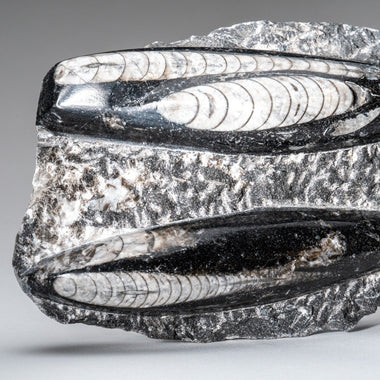
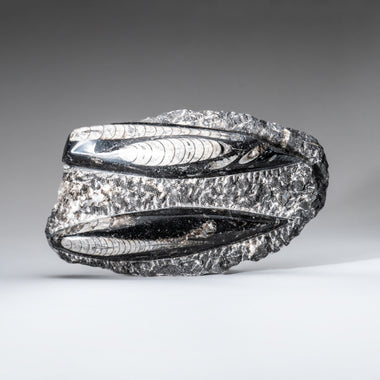 Save Liquid error (snippets/product-badge line 34): Computation results in '-Infinity'%
Save Liquid error (snippets/product-badge line 34): Computation results in '-Infinity'%
Two Orthoceras fossils found in a sea-bed matrix. Orthoceras ("straight horn") had a slender, elongated shell, with the middle of the body chamber...
View full details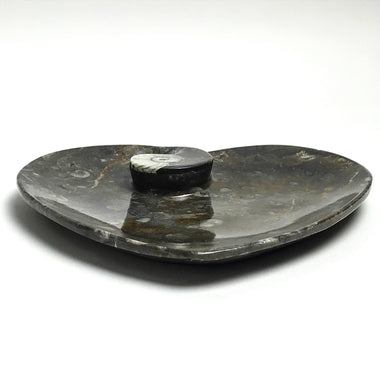
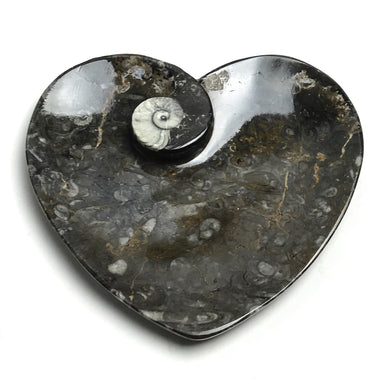 Save Liquid error (snippets/product-badge line 34): Computation results in '-Infinity'%
Save Liquid error (snippets/product-badge line 34): Computation results in '-Infinity'%
A stunning heart shaped dish made out of polished rock containing 400 million year old fossils of Goniatites.These fossils are mined in the Atlas ...
View full details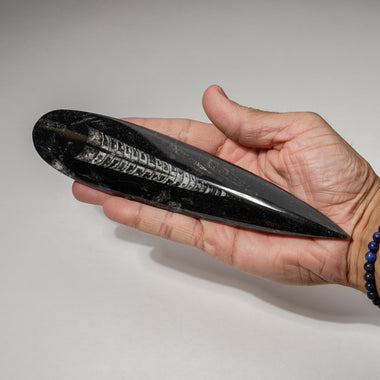
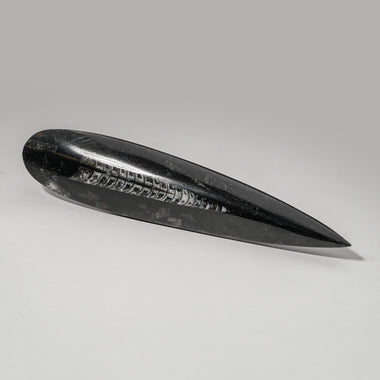 Save Liquid error (snippets/product-badge line 34): Computation results in '-Infinity'%
Save Liquid error (snippets/product-badge line 34): Computation results in '-Infinity'%
A small, clustered tower of Orthoceras fossils in sea-bed matrix. 250 to 750 million years ago, the orthoceras mollusk lived in abundance during ...
View full details
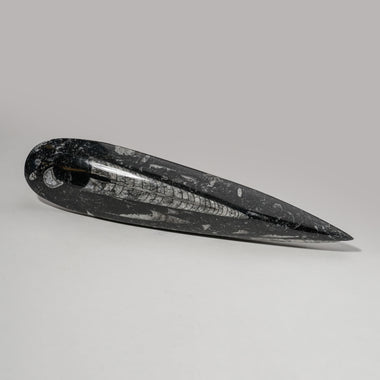 Save Liquid error (snippets/product-badge line 34): Computation results in '-Infinity'%
Save Liquid error (snippets/product-badge line 34): Computation results in '-Infinity'%
A small, clustered tower of Orthoceras fossils in sea-bed matrix. 250 to 750 million years ago, the orthoceras mollusk lived in abundance during ...
View full details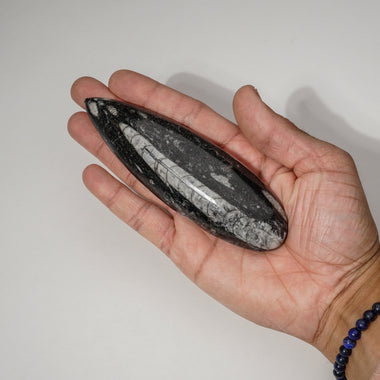
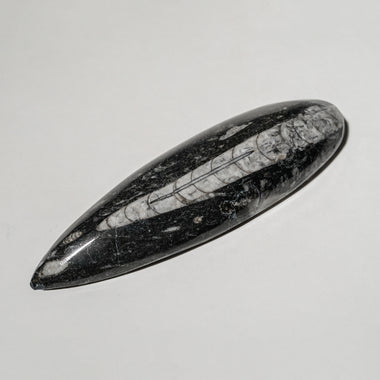 Save Liquid error (snippets/product-badge line 34): Computation results in '-Infinity'%
Save Liquid error (snippets/product-badge line 34): Computation results in '-Infinity'%
A small, clustered tower of Orthoceras fossils in sea-bed matrix. 250 to 750 million years ago, the orthoceras mollusk lived in abundance during ...
View full details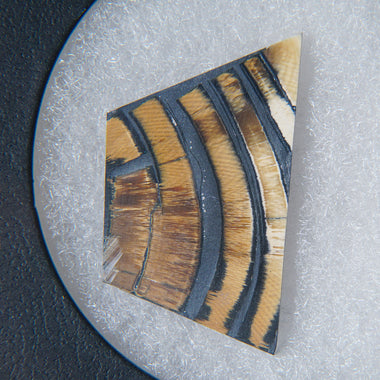
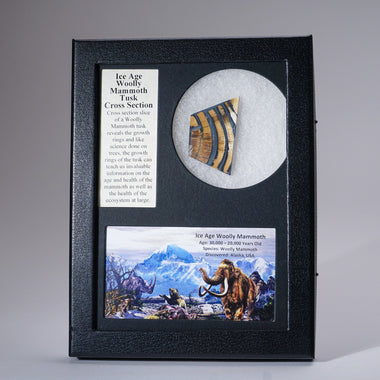 Save Liquid error (snippets/product-badge line 34): Computation results in '-Infinity'%
Save Liquid error (snippets/product-badge line 34): Computation results in '-Infinity'%
Genuine Woolly Mammoth Tusk in Display Box. This specimen comes in a labeled display box with color image and a brief written description. These ma...
View full details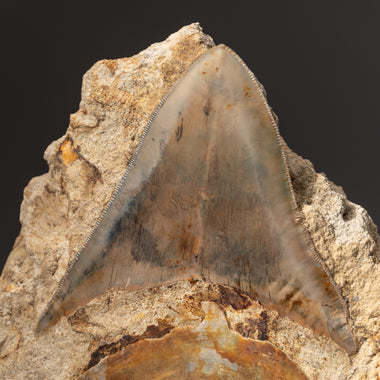
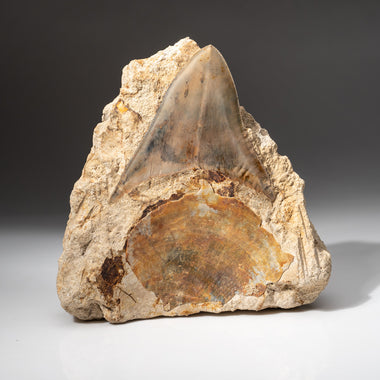 Save Liquid error (snippets/product-badge line 34): Computation results in '-Infinity'%
Save Liquid error (snippets/product-badge line 34): Computation results in '-Infinity'%
Megalodon was an prehistoric shark from the Miocene & Pliocene Periods that may have been 40 feet (12m) long or more. (There are a few scienti...
View full details
 Save Liquid error (snippets/product-badge line 34): Computation results in '-Infinity'%
Save Liquid error (snippets/product-badge line 34): Computation results in '-Infinity'%
A stunning flat plate made out of polished Ammonite and Orthoceras. This plate perfect as a gift that would compliment any dining or living room. ...
View full details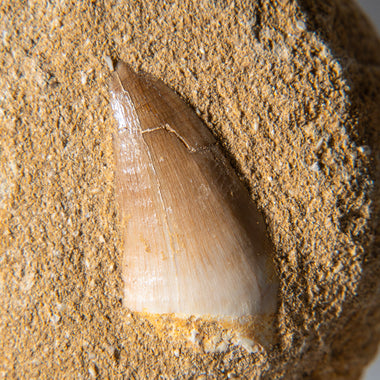
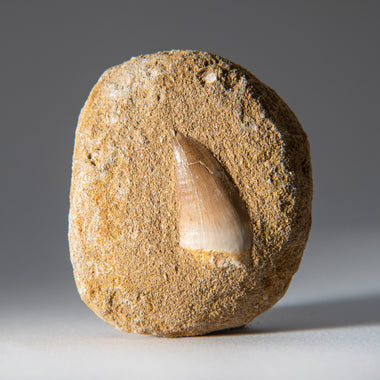 Save Liquid error (snippets/product-badge line 34): Computation results in '-Infinity'%
Save Liquid error (snippets/product-badge line 34): Computation results in '-Infinity'%
Mosasaurs are an extinct group of large marine reptiles. Their first fossil remains were discovered in a limestone quarry at Maastricht on the Meus...
View full details
